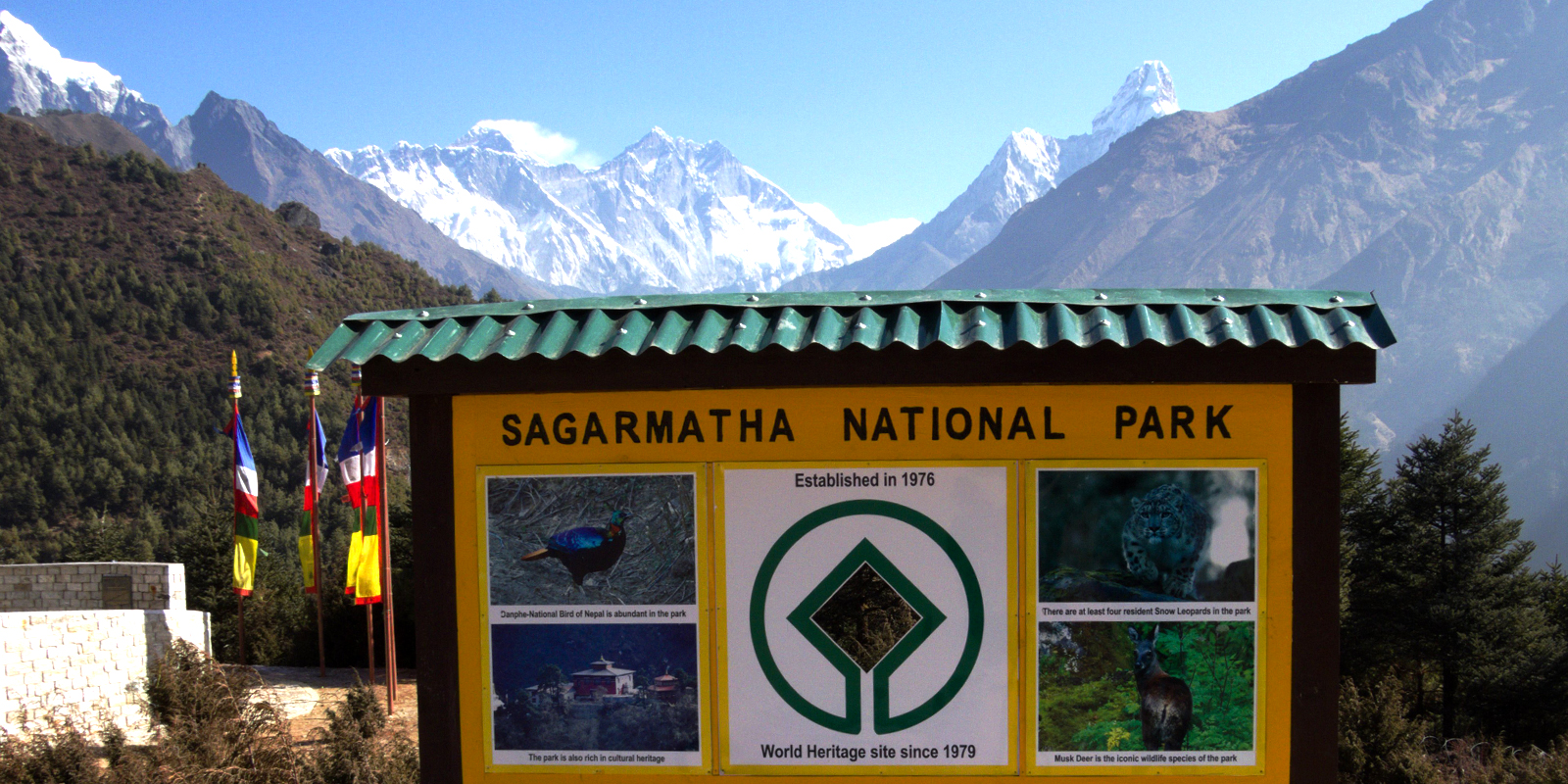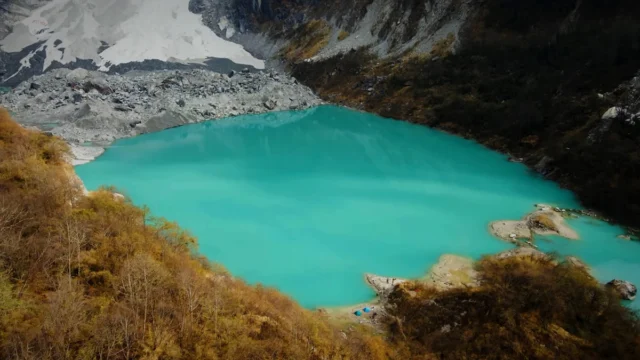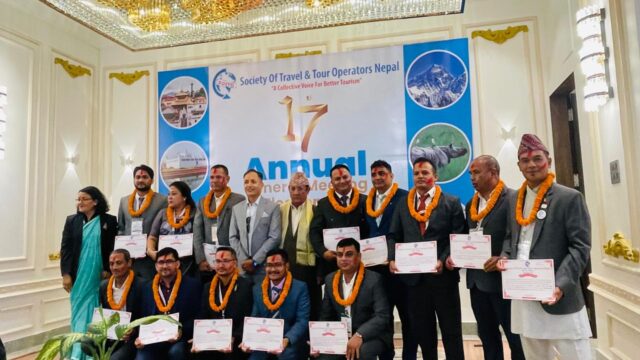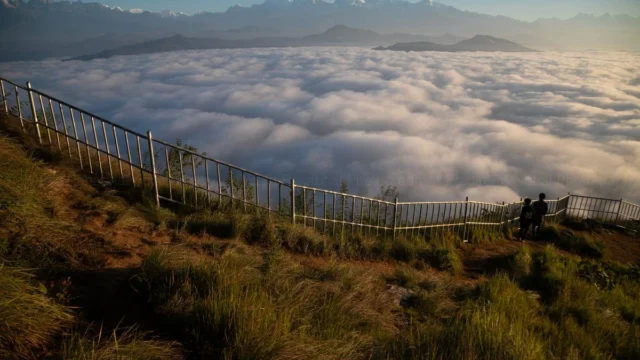Nestled in the heart of the Himalayas, Sagarmatha National Park stands as a testament to nature’s grandeur. Home to the world’s highest peak, Mount Everest, the park is a magnet for trekkers, mountaineers, and nature enthusiasts. This UNESCO World Heritage Site not only offers breathtaking landscapes but also provides a unique opportunity to experience the rich cultural heritage of the Sherpa people.
Sagarmatha National Park, established in 1976, covers an area of 1,148 square kilometers. It is located in the Solu-Khumbu district of eastern Nepal. The park is renowned for its rugged terrain, including peaks that soar above 8,000 meters, such as Everest (8,848 meters), Lhotse (8,516 meters), and Makalu (8,485 meters). The park’s diverse ecosystems range from lush forests at lower altitudes to barren, icy landscapes near the summit of Everest.
Tourism Attractions
Mount Everest: The primary draw for tourists, Everest attracts climbers from around the globe. The base camp trek provides an unparalleled view of this majestic peak and offers a glimpse into the lives of the local Sherpa people.
Everest Base Camp Trek: One of the most popular trekking routes in the world, this trek takes adventurers through lush forests, ancient monasteries, and traditional Sherpa villages. The trek typically lasts about 12-16 days, depending on acclimatization needs.
Gokyo Lakes: Located in the Gokyo Valley, these turquoise lakes are a beautiful alternative to the Everest Base Camp trek. The Gokyo trek offers stunning views of Everest, as well as the opportunity to explore a less crowded region of the park.
Kala Patthar: For those seeking panoramic views of Everest, Kala Patthar is a must-visit. Standing at 5,643 meters, this vantage point provides one of the best sunrise views of the peak.
Tengboche Monastery: Situated at 3,867 meters, Tengboche Monastery is a significant spiritual site in the Khumbu region. The monastery offers visitors a chance to witness traditional Buddhist rituals and enjoy stunning views of Everest and other peaks.
Travel Essentials
Weather: The best times to visit Sagarmatha National Park are during the pre-monsoon (March to May) and post-monsoon (September to November) seasons. During these periods, the weather is generally clear and stable, making for optimal trekking conditions.
Ideal Duration: For a comprehensive experience, visitors should plan for at least 12-16 days. This includes time for acclimatization and exploration of the park’s various highlights.
Permits and Fees: Trekking in Sagarmatha National Park requires a TIMS (Trekkers’ Information Management System) card and a park entry permit. These can be obtained through registered trekking agencies or at the Nepal Tourism Board offices.
Gear and Preparation: Trekking in high-altitude regions requires proper gear. Essential items include warm clothing, sturdy trekking boots, and high-altitude gear such as a sleeping bag rated for sub-zero temperatures.
The park’s primary inhabitants, the Sherpa people, have a rich cultural heritage that visitors can experience through interactions in local villages. The Sherpas are renowned for their mountaineering skills and have a deep connection with the mountains. Participating in local festivals, such as the Mani Rimdu, offers an authentic glimpse into Sherpa traditions.
Sagarmatha National Park is actively involved in conservation efforts to protect its unique ecosystems. Initiatives focus on preserving endangered species, managing waste, and promoting sustainable tourism practices. Visitors are encouraged to follow guidelines to minimize their environmental impact.
Sagarmatha National Park is more than just a trekking destination; it is a gateway to experiencing the awe-inspiring beauty of the Himalayas and the rich cultural tapestry of the Sherpa people. Whether you’re embarking on the Everest Base Camp trek or exploring the tranquil Gokyo Lakes, the park promises a journey filled with adventure, discovery, and natural wonder.






